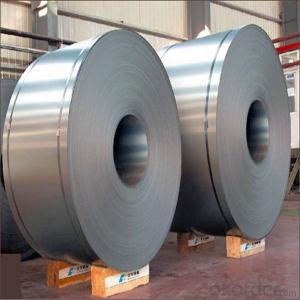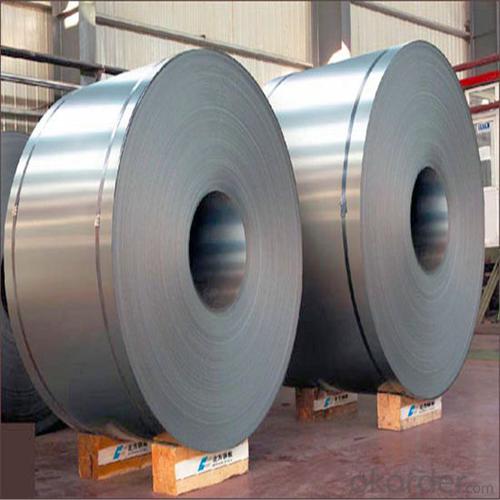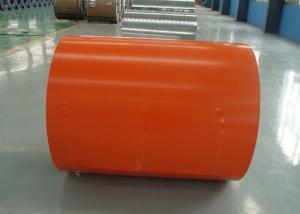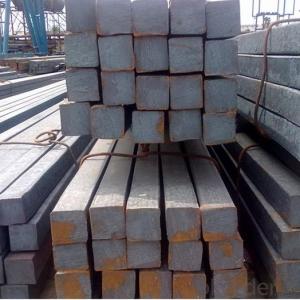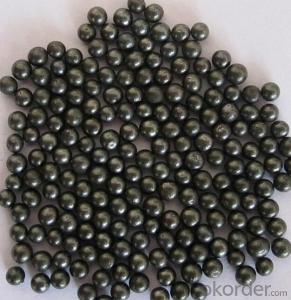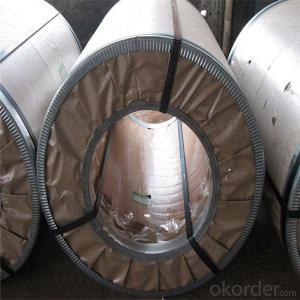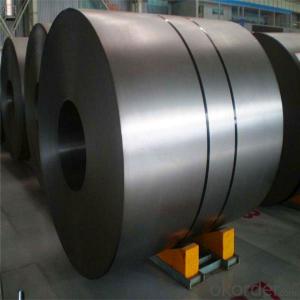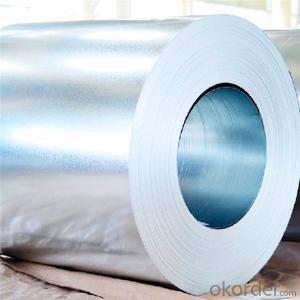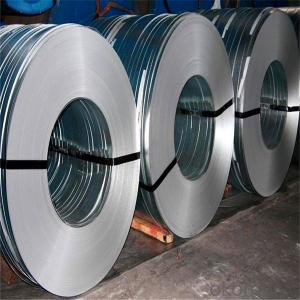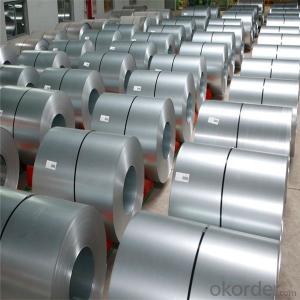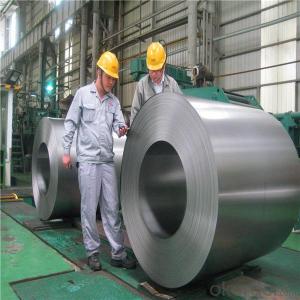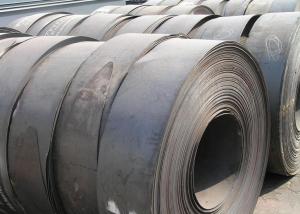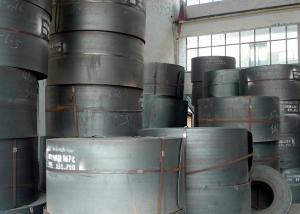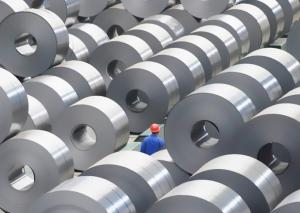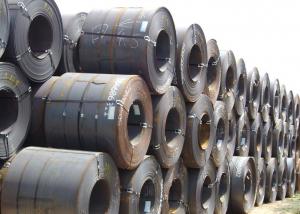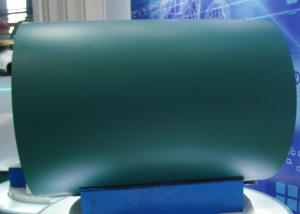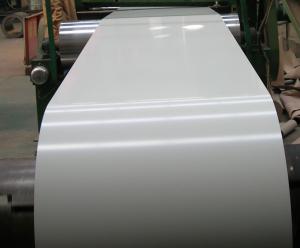Cold Rolled Steel Made in China/China Supplier
- Loading Port:
- China main port
- Payment Terms:
- TT OR LC
- Min Order Qty:
- 20 m.t.
- Supply Capability:
- 50000 m.t./month
OKorder Service Pledge
OKorder Financial Service
You Might Also Like
Specification
Prime Quality SPCC Cold Rolled Steel Sheet/Coil
Widely used to appliance,automobile industry or other decoration usage.
Certificate: ISO9001
Packing Details: Wrapped by water proof paper and plastic film.Covered with iron sheet,strapped by steel strips to protect the damage under transportation.
Details please check following format
Brief Introduction
Cold rolled steel coil is steel that has been worked below its recrystallization temperature by passing it between a pair of rollers. Recrystallization temperature is the temperature at which grains in the lattice structure of the metal have been rearranged, leaving it free of strain and deformations. Cold rolled steel coil is pre-treated before being cold rolled with a process known as pickling, which uses strong acids to remove scale and other impurities. The cold rolled steel coil is then passed through rollers to reduce its thickness. Most cold rolling takes place in multiple passes and as the size of the cold rolled steel coil is further reduced, its strength and hardness both increase, but its ductility decreases. After cold rolling, heating the metal up in a process known as annealing can restore some of its ductility. The final cold rolled steel coil may be manufactured in the form of sheets, strips, bars, or other forms.
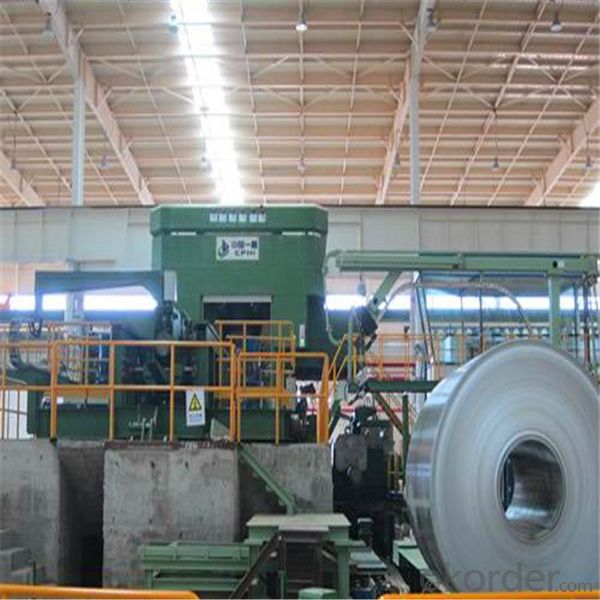
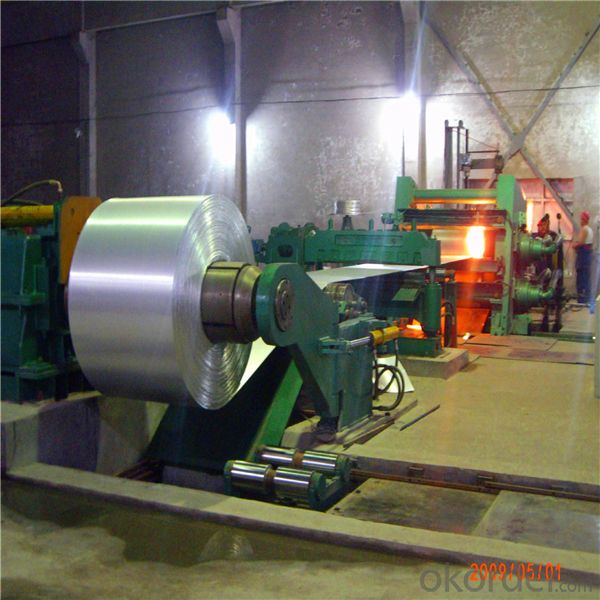
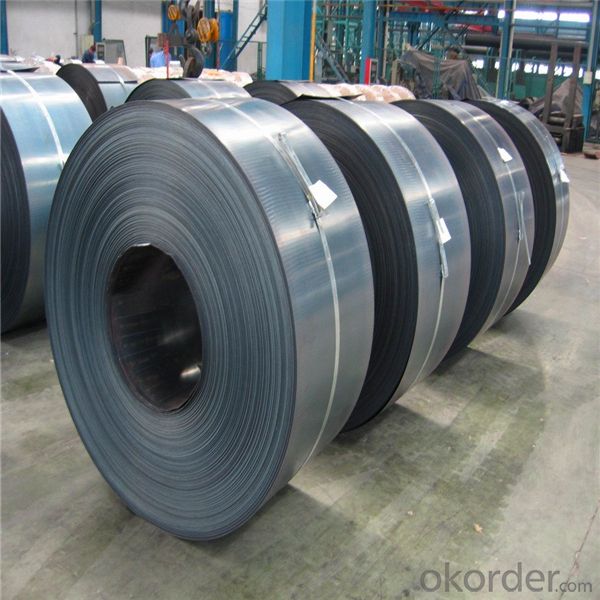
Specification
1. Thickness: 0.4-2.0mm
2. Width: 900-1250mm
3. Inner Diameter: 508mm
4. Weight of Steel Coil: 3-15MT
5. Heat Treatment: Annealed
6. Margin Status: EC & EM
7. Surface Quality: FB&FC
8. Surface Status: SB & SD
9. Surface Treatment: Oiling
Mechanical Properties
1. Yield Strength: ≤320MPa
2. Tensile Strength: ≤370MPa
3. Elongation (L=50mm, b=25mm) When:
(1) Nominal Thickness<0.25mm: 30%
(2) Nominal Thickness 0.25mm-<0.40: 32%
(3) Nominal Thickness 0.40-<0.60mm: 34%
(4) Nominal Thickness 0.60-<1.0mm: 36%
(5) Nominal Thickness 1.0-<1.6mm: 37%
(6) Nominal Thickness >1.6mm: 38%
Standard: AISI, ASTM, BS, DIN, GB, JISGrade: DX51D, SGCC, ENG10142, ASTM A653Thickness: 0.1mm-3.0mm
Place of Origin: Hebei China (Mainland)Brand Name: YuandaModel Number:
Type: Steel CoilTechnique: Cold RolledSurface Treatment: Other
Application: Flange PlateSpecial Use: High-strength Steel PlateWidth: 700mm-2000mm
Length: As required
Packaging & Delivery
- Q: What are the different types of steel profiles used in architectural designs?
- There are various types of steel profiles commonly used in architectural designs, such as I-beams, H-beams, channels, angles, and tubes. These profiles offer different structural properties and can be used to create a wide range of architectural elements, including columns, beams, trusses, and frames. The choice of steel profile depends on the specific design requirements, load-bearing capacity, and aesthetic preferences of the project.
- Q: What are the uses of steel in the oil and gas industry?
- Steel is widely used in the oil and gas industry for various applications due to its strength, durability, and resistance to corrosion. It is commonly used in the construction of oil rigs, pipelines, and storage tanks. Steel is also used in the manufacturing of valves, fittings, and other equipment necessary for the extraction, refining, and transportation of oil and gas. Its exceptional properties make steel a reliable and essential material in ensuring the safety and efficiency of operations in the oil and gas industry.
- Q: What are the different types of steel chains and their applications?
- There are several types of steel chains, each designed for specific applications. Some common types include: 1. Proof coil chains: These are general-purpose chains used for towing, securing loads, and restraining objects in various industries. 2. Grade 30 chains: Also known as Grade 30 proof coil chains, these are commonly used in light-duty applications, such as agriculture, construction, and general-purpose lifting. 3. Grade 43 chains: These chains have higher tensile strength than Grade 30 chains and are suitable for heavier-duty applications, including transportation, logging, and towing. 4. Grade 70 chains: Known as transport chains, these chains are specifically designed for securing cargo on trucks, trailers, and flatbeds. They have a higher strength-to-weight ratio, making them ideal for load binding. 5. Grade 80 chains: These chains are mostly used in lifting applications due to their high strength and durability. They are commonly found in construction, mining, and oil and gas industries. 6. Grade 100 chains: These chains have the highest tensile strength and are primarily used for heavy-duty lifting and rigging applications. They are commonly seen in shipyards, steel mills, and offshore operations. 7. Stainless steel chains: These chains are resistant to corrosion and are suitable for applications where exposure to moisture or chemicals is a concern. They are commonly used in food processing, marine environments, and medical equipment. Overall, the choice of steel chain depends on the specific application requirements, load capacity, environment, and desired level of durability.
- Q: How are steel products used in the construction of residential buildings and housing complexes?
- Steel products are extensively used in the construction of residential buildings and housing complexes due to their strength, durability, and versatility. They are commonly employed in the structural framework, such as beams, columns, and trusses, providing a sturdy and stable support system. Steel is also used for reinforcing concrete, increasing the strength and resistance of the building against various forces. Additionally, steel is utilized in the construction of roofing systems, wall panels, stairs, and balconies, offering aesthetic appeal and long-lasting performance. Overall, steel products play a crucial role in ensuring the safety, stability, and longevity of residential buildings and housing complexes.
- Q: What are the different surface finishes available in steel products?
- Some of the different surface finishes available in steel products include mill finish, brushed finish, polished finish, galvanized finish, powder coated finish, and painted finish. These finishes serve different purposes such as providing corrosion resistance, improving aesthetics, enhancing durability, or adding a decorative touch to the steel products.
- Q: What are the different types of steel fasteners used in construction?
- There are several different types of steel fasteners commonly used in construction, including bolts, screws, nails, and rivets. These fasteners are essential for joining various components together, providing strength and stability to structures. Bolts are typically used for heavy-duty applications, while screws are versatile and can be used in multiple construction projects. Nails are commonly used for fastening wood materials, and rivets are frequently used to join metal components together. Each type of steel fastener has its own unique characteristics and uses, ensuring that construction projects are secure and durable.
- Q: How is steel plate heat-treated for optimal strength?
- Steel plate is heat-treated for optimal strength through a process called quenching and tempering. In this process, the plate is heated to a high temperature, typically above its critical temperature, and then rapidly cooled, or quenched, in water or oil. This rapid cooling helps to harden the steel, making it stronger but also more brittle. To improve its toughness and ductility, the quenched steel is then reheated, or tempered, at a lower temperature. This tempering process helps to relieve internal stresses and allows the steel to regain some of its flexibility and resistance to cracking, resulting in a steel plate with optimal strength.
- Q: How is steel wire rope lubricated for optimal performance?
- Steel wire rope is lubricated for optimal performance by applying a suitable lubricant to the individual wires and strands of the rope. This lubricant helps to reduce friction, prevent corrosion, and extend the lifespan of the rope. Various methods such as immersion, spray, or brushing can be used to ensure thorough lubrication of the wire rope. Regular and proper lubrication is essential to maintain the flexibility, strength, and overall performance of the steel wire rope.
- Q: What are the different types of steel chains and their uses in the automotive manufacturing process?
- There are several types of steel chains used in the automotive manufacturing process. One common type is roller chains, which are used in the engine to transmit power from the crankshaft to the camshaft, ensuring proper valve timing. Another type is timing chains, which are responsible for synchronizing the rotation of the crankshaft and camshaft to maintain engine performance. Additionally, conveyor chains are used in assembly lines to transport car components during the manufacturing process. These steel chains are crucial in ensuring the efficiency, reliability, and precision of automotive production.
- Q: How is steel used in the construction of amusement parks and entertainment venues?
- Steel is used extensively in the construction of amusement parks and entertainment venues for its strength, durability, and versatility. It is used to create the structural framework of roller coasters, water slides, and other rides due to its ability to withstand heavy loads and maintain stability. Steel is also used to construct the supporting beams, columns, and trusses of buildings, providing a solid foundation for the various attractions and facilities within the park. Additionally, steel is used in the fabrication of decorative elements, such as gates, fences, and themed structures, adding both aesthetic appeal and safety to the overall design of the park.
Send your message to us
Cold Rolled Steel Made in China/China Supplier
- Loading Port:
- China main port
- Payment Terms:
- TT OR LC
- Min Order Qty:
- 20 m.t.
- Supply Capability:
- 50000 m.t./month
OKorder Service Pledge
OKorder Financial Service
Similar products
Hot products
Hot Searches
Related keywords
